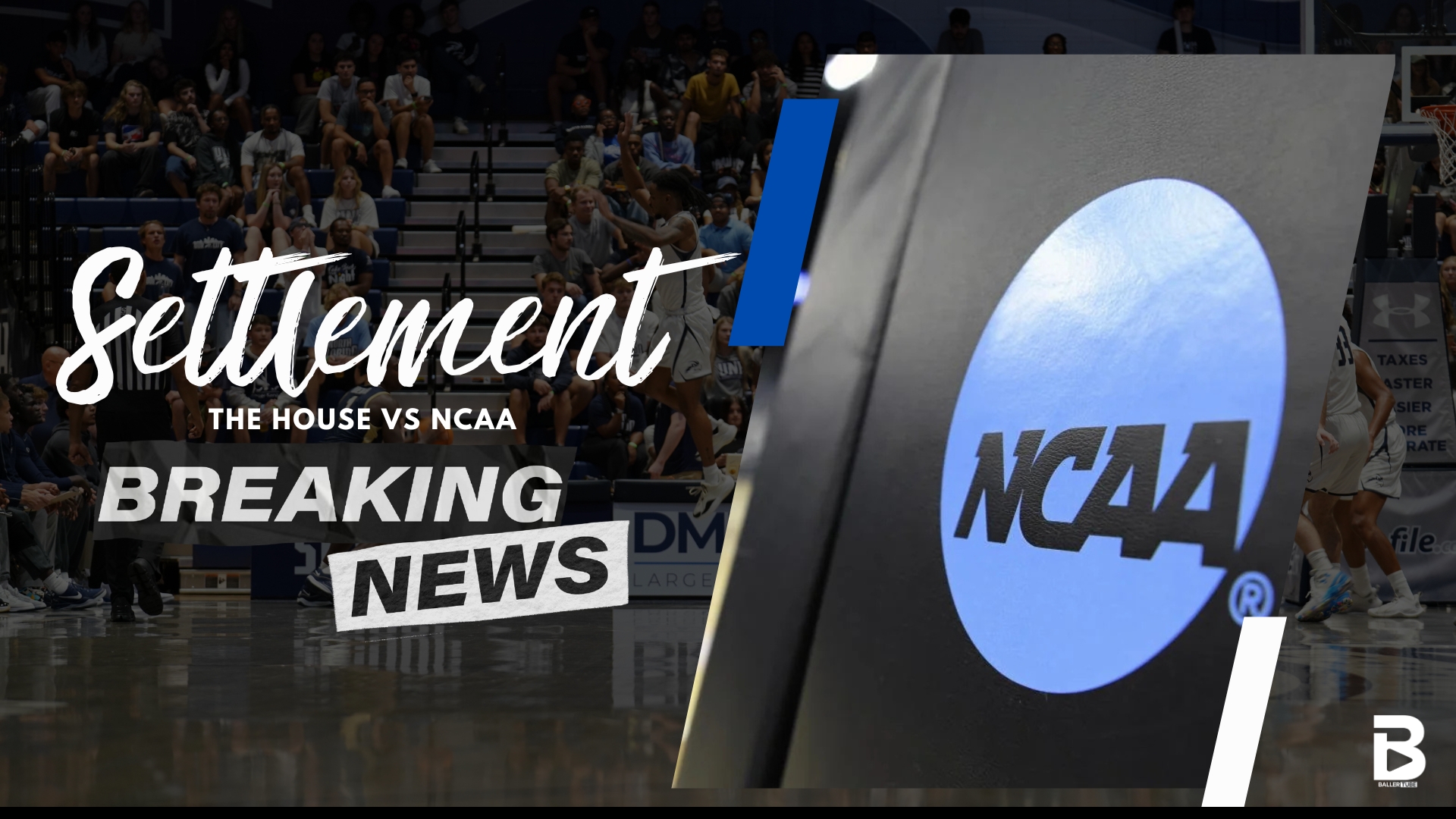The End of Amateurism: A New Era for College Sports
The flimsy façade of amateurism in college sports has finally crumbled. With a stroke of her pen, U.S. District Judge Claudia Wilken approved the landmark House v. NCAA settlement, a decision that will irrevocably alter the landscape of collegiate athletics. The ruling, which ushers in an era of direct revenue sharing between universities and their athletes, is not merely a course correction; it is a revolution.
For decades, the NCAA clung to the romanticized notion of the "student-athlete," a concept that became increasingly untenable as television deals swelled into the billions and the revenue generated by college sports reached dizzying heights. All the while, the athletes themselves, the very heart of this lucrative enterprise, were denied a share of the profits, their compensation limited to scholarships and stipends. The House v. NCAA lawsuit, brought by former Arizona State swimmer Grant House and former Oregon and TCU basketball player Sedona Prince, laid bare the inherent hypocrisy of this system, arguing that the NCAA and its powerful conferences were operating an illegal cartel in violation of antitrust laws.
The settlement, a staggering $2.8 billion agreement, is a tacit admission of guilt. It includes a massive back-pay fund for athletes who were denied NIL (Name, Image, and Likeness) opportunities from 2016 to 2024. But the true game-changer is the provision that allows schools to share up to $20.5 million of their annual revenue with current and future athletes. This is not just a tweak to the existing model; it is a fundamental reimagining of what it means to be a college athlete.
it’s official: college athletes are about to get PAID
— Adam Cox (@adamcoxsports) June 7, 2025
a judge just approved the house v. ncaa settlement… schools can now directly pay players ????
welcome to the new era of college sports
no more hiding behind scholarships
real revenue sharing starts now
wild times ahead… pic.twitter.com/FT5n0nemzZ
The implications of this shift are profound and far-reaching. On the one hand, it represents a long-overdue victory for athlete advocacy. The players who pack stadiums and drive television ratings will now receive a more equitable share of the wealth they help create. This newfound financial security will undoubtedly transform the lives of many young athletes, offering them a level of stability and opportunity that was previously unimaginable.
However, the new era of college sports will not be without its challenges. The revenue-sharing model, as it stands, is far from perfect. The bulk of the money will inevitably flow to the sports that generate the most revenue – football and men's basketball. This will create a stark financial divide within athletic departments, with the "Olympic" sports and women's sports receiving a mere fraction of the funds. The long-term impact of this disparity on the diversity and vitality of college athletics remains to be seen, but it is a cause for significant concern.
Furthermore, the settlement introduces a new layer of complexity and regulation to an already convoluted system. A new enforcement body, the College Sports Commission, will be established to oversee the new rules, and a third-party clearinghouse, run by the consulting firm Deloitte, will be tasked with vetting NIL deals to ensure "fair market value." This is a tacit acknowledgment of the "wild west" atmosphere that has characterized the NIL era thus far, but it also raises new questions about who will wield power in this new landscape and how that power will be exercised.
The most contentious aspect of the settlement has been the issue of roster limits. The initial proposal would have led to thousands of athletes, particularly walk-ons, being cut from their teams. While Judge Wilken's intervention forced a compromise that allows schools to "grandfather in" current athletes, the long-term impact on roster sizes and opportunities for non-scholarship athletes is a significant concern. The soul of college sports is not just found in the superstars, but in the dedication and passion of every athlete who dons a university's colors.
The House v. NCAA settlement is a watershed moment, a point of no return for college sports. It is a victory for the athletes, a reckoning for the NCAA, and a seismic shift for the entire collegiate model. But as the dust settles, a host of new and complex questions emerge. Will the new system truly be equitable? How will it impact the competitive balance between the "haves" and the "have-nots"? And what will become of the educational mission that has long been the purported bedrock of college athletics?
The end of amateurism is here. What comes next is a story that has yet to be written. The stakeholders of college sports – the administrators, the coaches, the fans, and, most importantly, the athletes themselves – now have the opportunity to shape a new and better future. Let us hope they seize it.























